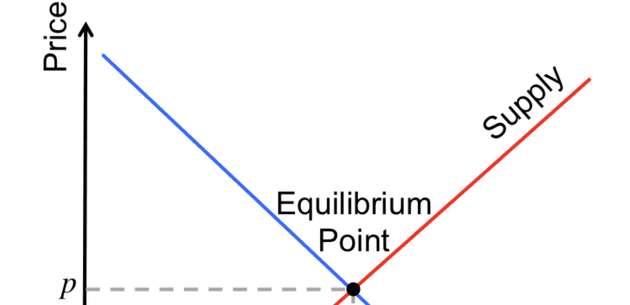It seems like everybody needs software engineers. Demand is much higher than supply. This translates to jobs with good pay and lots of options to choose from. Want a full-time job? Startup job with equity? Remote contract work with 3 months off every year? No problem!
When I was just beginning to learn about programming, I wondered whether there would always be a need for millions and millions of programmers.
After my 15 years in the industry it looks like the demand is going nowhere. Some stats from the US Department of Labor:
| Software Development Jobs in the US | Number | Increase |
|---|---|---|
| In 2016 | 1,256,200 | |
| In 2019 | 1,469,200 | +17% |
Job Outlook, 2019-29 is 22% (much faster than average). The average growth rate for all occupations is 4 percent.
In the United Kingdom alone, there are now 10k technology startups.
Here are my observations on why that is:
1. The whole world runs on software
This is probably obvious because the transition has been ongoing for a few generations. However, it cannot be understated. Almost every business / organisation in the world needs a website or an app, plus lots of software. At my current company with 80 employees we use more than 20 different SaaS solutions for HR, accounting, recruiting and more. Every person with internet access (which eventually will be the whole world) uses apps and websites every day, and many people use software at work. Large companies often need custom software.
2. Most things get built many times
Why is there Bing when there is Google? Why are there a thousand competing e-commerce platforms? Why are there so many messaging apps, each built from scratch by a different team? This seems like duplicated effort but it’s normal. It’s just how competition works and it is not unique to software. For example, there are many car companies, each with tens of thousands of employees designing and building very similar cars.
Part of the reason is software is still local. There is “X of Asia” for almost any X you can think of.
3. Code has limited lifetime
It might seem that once an app is built it is “done”. When I worked at Facebook friends asked me “Is there still anything to do?” However, most code is being changed constantly and most companies are constantly hiring. Each line of code has a lifetime of only a few years. Sometimes as a product gets old it is easier to throw it away and rebuild using modern technologies. I have seen this happen to custom in-house systems and public-facing websites. This is again similar to car companies constantly innovating and designing new cars.
From the 3 points above you can already see a clear pattern:
- We need more and more software
- There are more and more software solutions to do anything
- Each solution requires software engineers constantly
But what if programming becomes easier over time? Surely we would need fewer programmers then? Read on…
4. Code sharing didn’t happen
In the 90s there was a dream of code sharing, where we design software components with business logic inside them and anyone will be able to reuse them like lego bricks. This didn’t work out, not even reusing business logic across projects written in Java. Across technology stacks, the story is even worse. There was COM but it was Windows-only. Yes, you can call Rust from Python but it’s not become the standard way of building software. There are many programming languages and new ones keep appearing. At my last company for example, we rewrote a part of an existing codebase from Ruby to Rust.
Code reuse did improve over the years thanks to package managers, GitHub and an explosion of open source libraries. Systems like npm are a huge step forward. However, we came nowhere near the dream of true code sharing. Open source libraries help a lot but not enough to significantly slow the demand for engineers.
5. Tools are improving but projects are getting more complex
Using a language with a garbage collector in a modern IDE with lots of libraries and going “serverless” is more productive than writing C++ in 1995. Can you now hire five times fewer engineers than in 1995 for the same project? Probably. But instead, it’s more likely you hire the same number of engineers and the project will be more ambitious because customers came to expect more.
6. New platforms come out
Ten years ago it was enough to hire web developers. Now you need to hire web, Android and iOS developers. Depending on your product, you may also build Messenger bots and WeChat apps.
The biggest step forward here was probably the web. Suddenly you didn’t have to build a Mac, Linux, and Windows desktop apps but could just build your product in JavaScript and then it would work anywhere (minus browser incompatibilities, this got better over time). The fact web standards happened is a small miracle — remember Browser Wars? However, because of mobile, the web is now less relevant than it was 10 years ago. Today, frameworks like Unity, React Native or Flutter are trying to abstract over multiple platforms to make software development easier and cheaper.
7. Extra (for fun): AI to replace software engineers?
Imagine someone designs software that can replace most engineers. For example, instead of a team of 6 engineers, there would be one human “tech lead” who specifies high-level requirements and the program translates them into bug-free code.
No-one has a good idea when this could happen. If it happens the demand for engineers would drop immensely. But with such technology the demand for humans in other professions would likely drop too, so relative to other professions programming might still be in demand.
